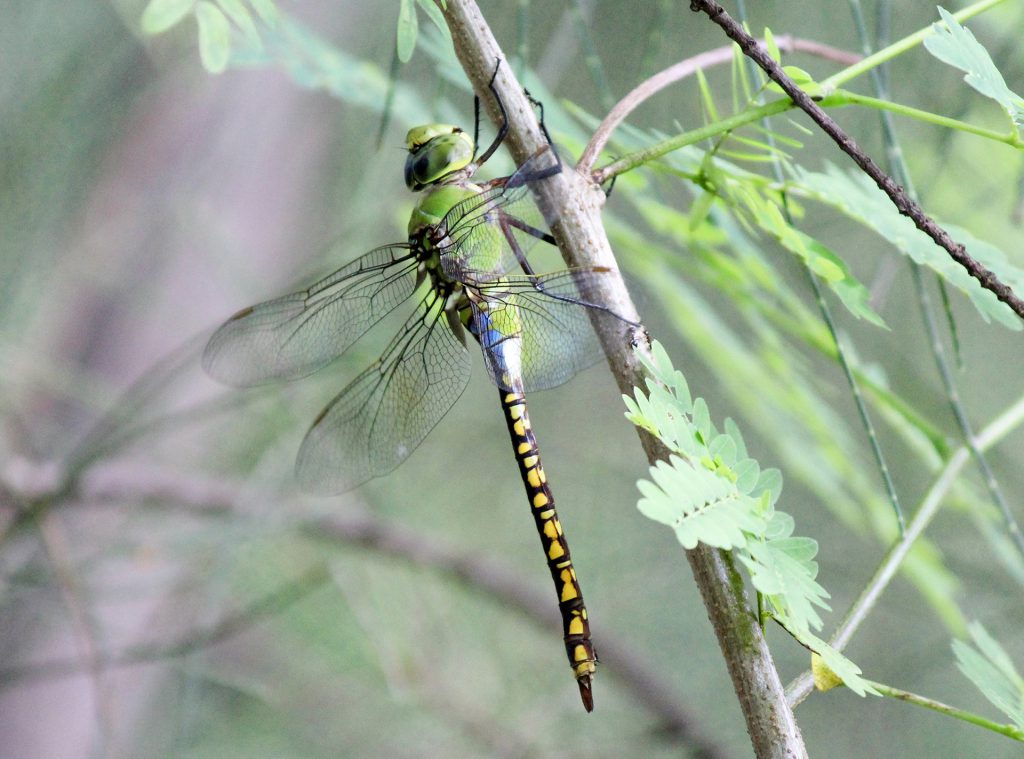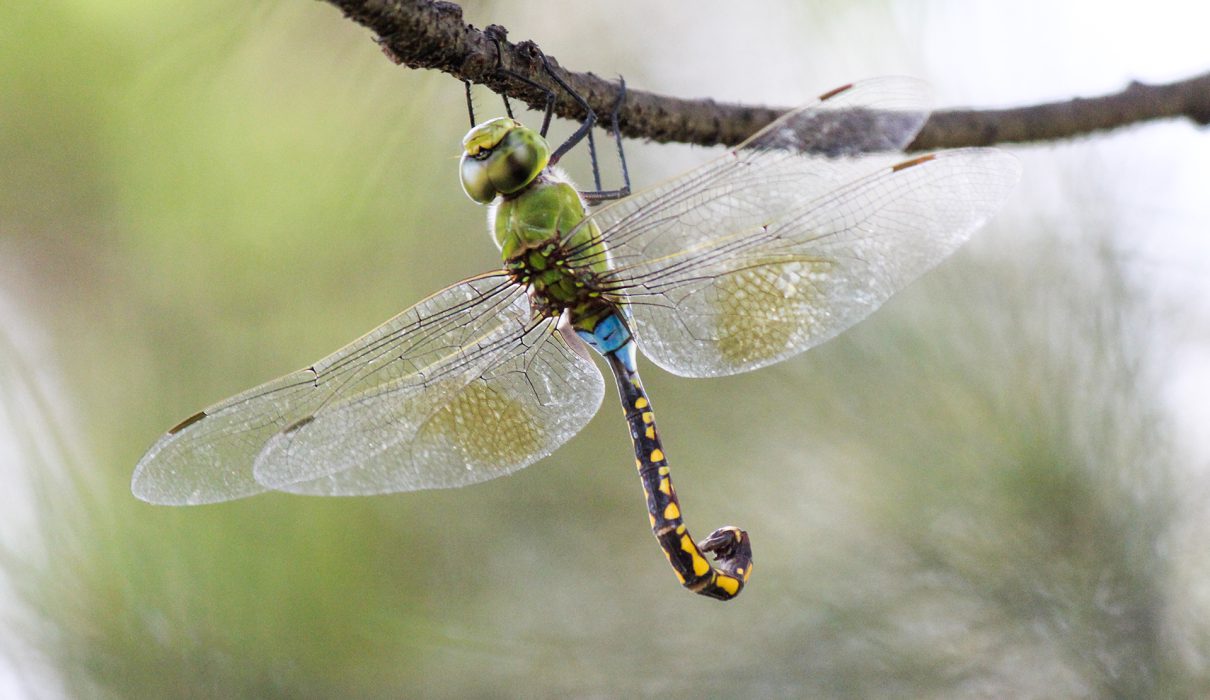Seeing Through the Eyes of a Nature Lover
In the beautiful Maldives, a fascinating creature graces the skies—the Anax Indicus, or as some call it, the Lesser Emperor or lesser green emperor. When I was a kid, I used to see and catch these dragonflies, and even now, before the sunset, they come out in abundance. Some accidentally find their way into houses, where a few end up getting trapped. In Dhivehi, the Maldivian language, we know it as “loa dhooni” or “loagandu” or “loafindhu.”

What is Anax Indicus?
Scientifically, it’s the largest dragonfly found in the Maldives. Picture a big dragonfly with blue eyes, a pale green upper body, and a dark brown lower body with bright yellowish-red markings on the sides. Its wings are clear, but there are brown patches on the inner half of the hind-wings. It’s a pretty big insect, about 11 centimeters in wingspan and 8 centimeters in body length.
Scientific Classification
- Domain: Eukaryota
- Kingdom: Animalia
- Phylum: Arthropoda
- Class: Insecta
- Order: Odonata
- Infraorder: Anisoptera
- Family: Aeshnidae
- Genus: Anax
- Species: A. indicus
Where Does It Live?
These dragonflies mainly hang out in open ponds, and you can also spot them in different areas, especially where there’s slow or still water. Interestingly, they’re not shy about living in urban spots too.
Why I Love Capturing Them:
As a nature lover and someone who captures the world through a lens, the Anax Indicus is a gem to photograph. Especially during the soft light before sunset, they take flight, creating a visual masterpiece against the Maldivian sky. Their transparent wings and unique colors make them quite a sight, even more so as darkness falls.
Dhivehi Connection:
The locals have a special name for them in Dhivehi, our language. These names make them feel like old friends, connecting us to these wonderful creatures that have been a part of our surroundings for as long as we can remember.
Photographing the Details:
When you look closely, each part of this dragonfly tells a story. From its pale green upper body to the dark brown lower body with yellowish-red dots, and those distinctive dark brown anal appendages—they all come together to create a beautiful visual narrative.
Why It Matters:
More than just a photographic subject, the Anax Indicus represents the delicate balance between nature and our lives. By documenting where they live, both in nature and in the midst of our bustling lives, we’re capturing a story that reminds us how important it is to take care of our incredible natural world.
In a Nutshell:
Every photograph of the Anax Indicus is a piece of a story—a story filled with colors, adaptability, and the incredible beauty of the Maldivian landscapes. Through my lens, I invite everyone, no matter where you’re from or what language you speak, to join me in celebrating the magnificence of the Anax Indicus—one photograph at a time.


